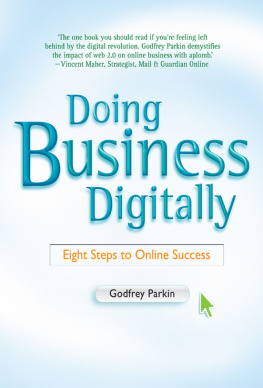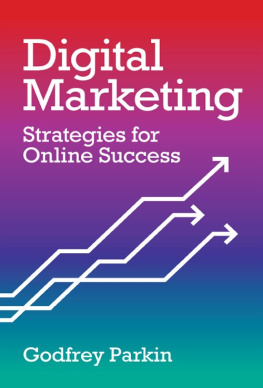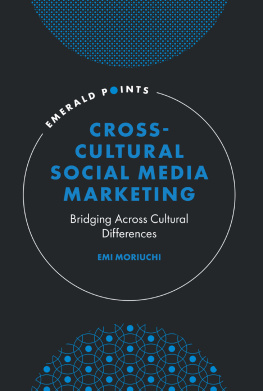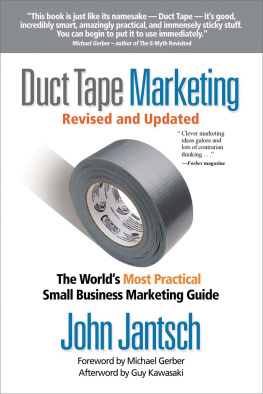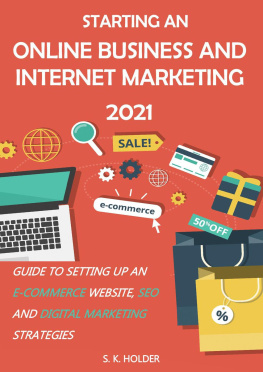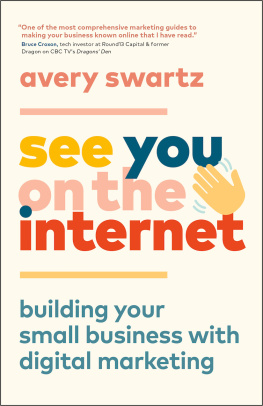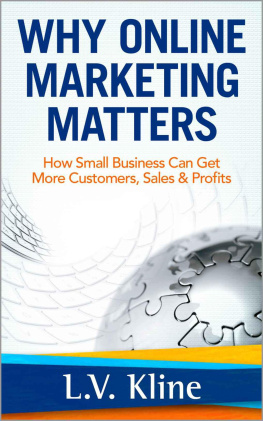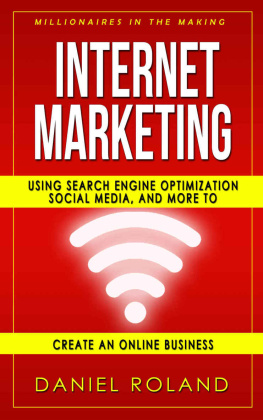Godfrey Parkin runs Britefire, an international digital strategy firm, based in South Africa, with a focus on marketing innovation, performance improvement and global branding. His primary expertise is in creating and implementing business strategies that build profitable relationships with the online consumer. A UCT graduate in Business Science, Godfrey is an internationally acknowledged thought leader and popular speaker in his field. His entrepreneurial immersion in branding and digital business development spans three decades and three dozen countries. He ran the worldwide management services division of ACNielsen, and went on to found a series of pioneering web-centric marketing businesses in Zurich, London and Washington DC. His client list includes South African and Global 500 companies, academic institutions and government agencies, as well as smaller organisations and innovative start-ups. Godfrey has an enduring passion for online communities and buzz marketing, and a particular interest in the branding of luxury products and services.
Doing
B usiness
Digitally
Eight Steps to Online Success
Godfrey Parkin
Published by Zebra Press
an imprint of Random House Struik (Pty) Ltd
Reg. No. 1966/003153/07
80 McKenzie Street, Cape Town, 8001
PO Box 1144, Cape Town, 8000 South Africa
www.zebrapress.co.za
First published 2008
Publication Zebra Press 2008
Text Godfrey Parkin 2008
All rights reserved. No part of this publication may be reproduced, stored in a retrieval system or transmitted, in any form or by any means, electronic, mechanical, photocopying, recording or otherwise, without the prior written permission of the copyright owners.
PUBLISHING MANAGER: Marlene Fryer
MANAGING EDITOR: Robert Plummer
EDITOR: Christa Bttner-Rohwer
ISBN 978 1 77022 021 8 (print)
ISBN 978 1 77022 229 8 (ePub)
ISBN 978 1 77022 230 4 (PDF)
Contents
Introduction
This book is a guide to succeeding in todays business world, the rules of which have been forever changed by the collective power of the online consumer. Although it is written primarily for marketers in South Africa and other developing countries, it draws extensively on the experiences of already established internet pioneers in Asia, Europe and America. Latecomers to the internet revolution have the advantage of learning from the successes and failures of others, and so can accelerate their learning curve at lower risk, while enjoying more freedom to experiment. At the same time they have the disadvantage that, as the web is already a global resource, local consumers are way ahead of them, and their global competitors are already stealing their customers.
The book will help to build an understanding of how customers consumers and businesses are changing the way they become informed, form opinions and make purchasing decisions. It will explain, in non-technical terms, all of the interrelated concepts, tools and processes that make up the field of customer-centric emarketing and how to use them to best effect. Most importantly, it will lay out ways in which your business can develop a clear vision of the immediate future and build a strategy that will ensure commercial success.
There is little point in building a website or fine-tuning your emarketing tactics unless your strategy is right in the first place. To build a competitive strategy to capture the loyalty of your online consumers requires rethinking your vision for your business from the ground up. It also requires an intimate understanding of what the online environment is all about, from the perspective of your business, from your competitors point of view, and particularly from that of your target customers as individuals. Without those insights, you cannot begin to put together a digital strategy that has any hope of succeeding. This book will provide you with the insights and inspiration, as well as the step-by-step processes, to succeed in marketing to the new consumer.
In an , you will find a step-by-step guide that summarises the action recommendations covered in this book. It takes you through the strategy-development and implementation process step by step, and poses the questions that you need to answer to build an emarketing approach, or an entire ebusiness. But although you will learn the essential tactics for mastering every element of the emarketing landscape, this book is about marketing strategy, not about web technology. You can learn the technical hints, tips and website optimisation secrets from my seminars or from hundreds of other sources.
Wherever it is necessary to dip into technical detail, I do so in laypersons terms. A glossary is included at the back of the book for easy reference and for clarifying any term that is not clearly defined in the text.
Though I am a closet geek, I am not someone who believes that technology in itself has any real value. There are many instances where new technology is merely a solution looking for a problem. I have been immersed in the world of the web for too many years, have linked customers, businesses and brands through too many online experiences, battled too many IT policy makers, been frustrated by too many miracle software packages, been disappointed by too many consultants and confronted too many medieval corporate prejudices, to be anything but pragmatic about technologys role in strategic business growth.
Through that pragmatism, theres a very simple, powerful burning light that marketers need to keep in focus: properly used, the internet frees customers and marketers from the constraints of time and space, which, in turn, unleashes personal communication and experience sharing on a scale unprecedented in history.
Any online marketing model that still uses the internet merely as a cheap means to broadcast canned one-way messages is simply missing the point.
All companies need their brand bibles for defining what their brands are and how they seek to be perceived. But those brand bibles need to evolve constantly to stay relevant to changing consumer environments. Marketers can actively add huge value to their brands by embracing the power of the web as a catalyst for exploration, organic growth, experience sharing, and relationship building making every customer both a convincing salesperson and a compelling advertising medium.
The internet frees customers and marketers from the constraints of time and space, which, in turn, unleashes personal communication and experience sharing on a scale unprecedented in history.
So why are the brilliant examples of how it should be done so few and far between? Why is it that almost every digital project that I get involved in seems to be seeking to use technology to re-centralise the locus of control, to choke off collaboration and to make marketing more tightly administered than ever before?
The answer is that most businesses have an increasingly fuzzy vision of what their future should be, so their tendency is to clutch tightly to the past. As the world around them changes more and more quickly, the future becomes ever more blurred and uncertain. Without a bright light to head towards, they feel safer not to move away from their fundamentals and they put their efforts into shoring up their defences. Those companies that do stumble forward usually head in the general direction that they have always followed, tactically groping their way through the fog, turning to dodge obstacles and grasping at opportunities reactively as they fly by. Without a vision, they have no idea where they are headed. Without a vision, they cannot put together an effective strategy.
Next page
